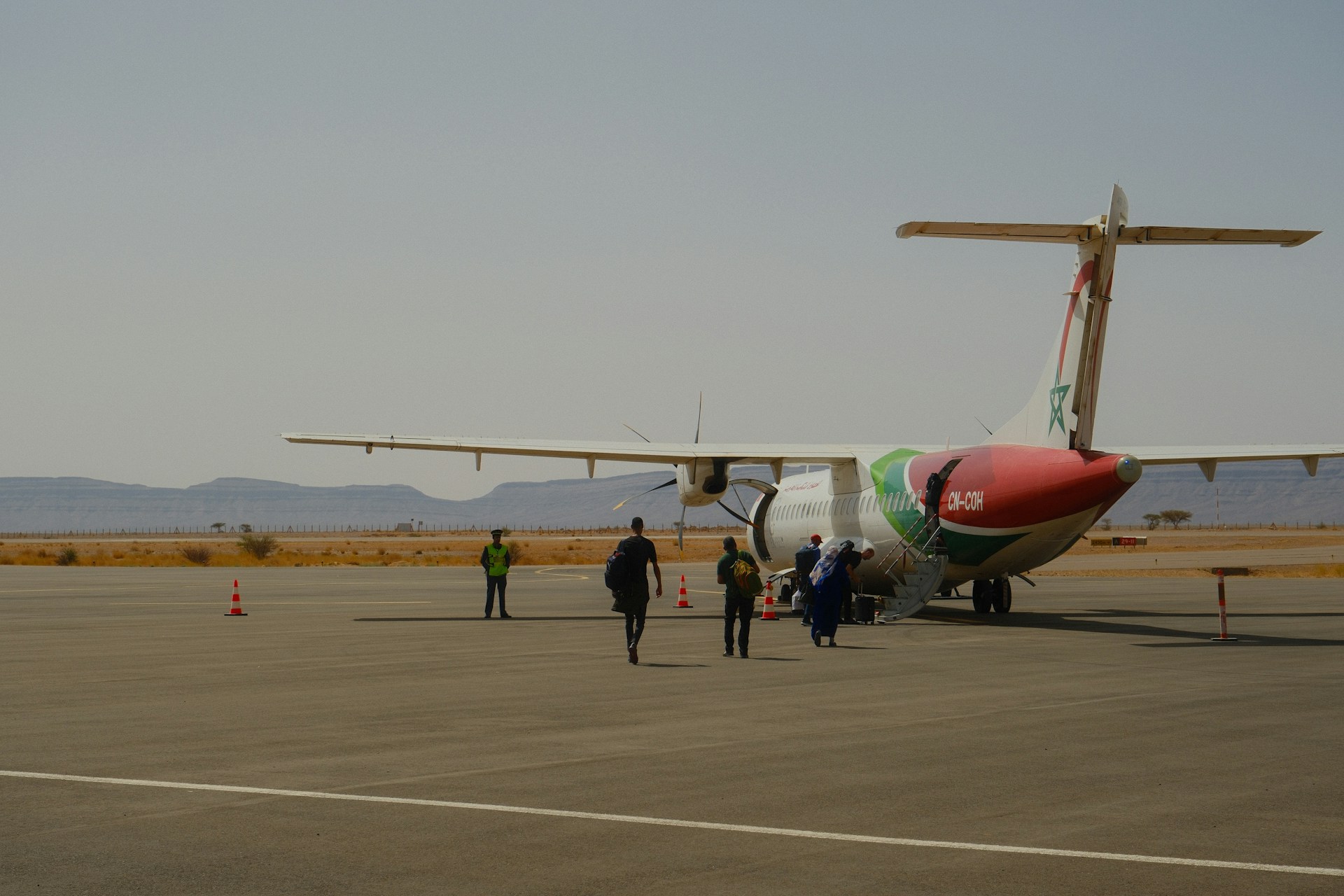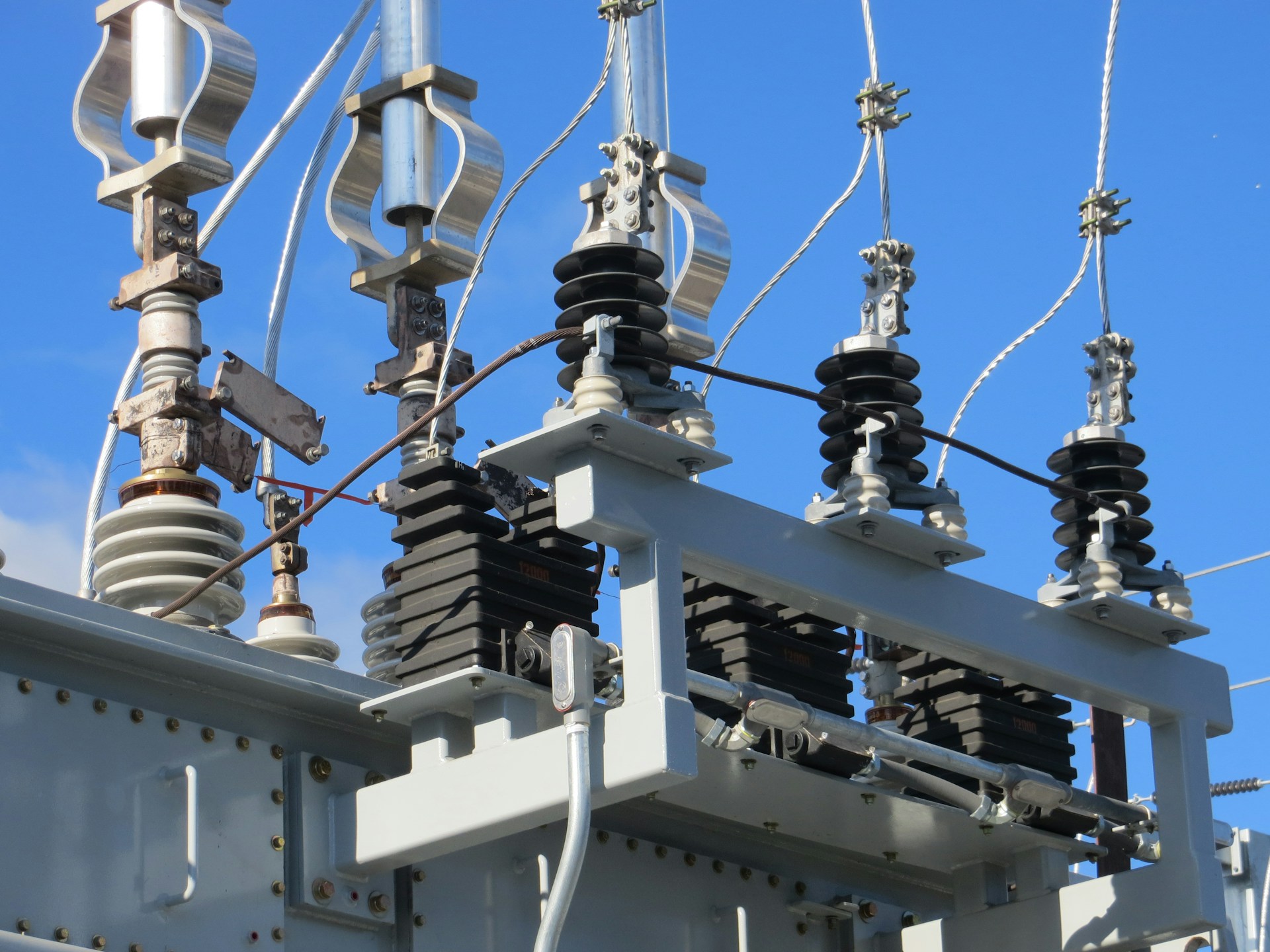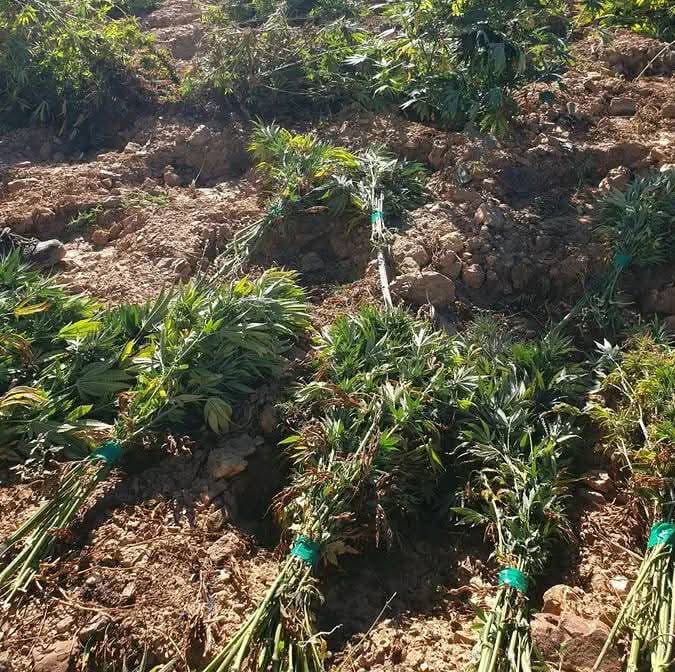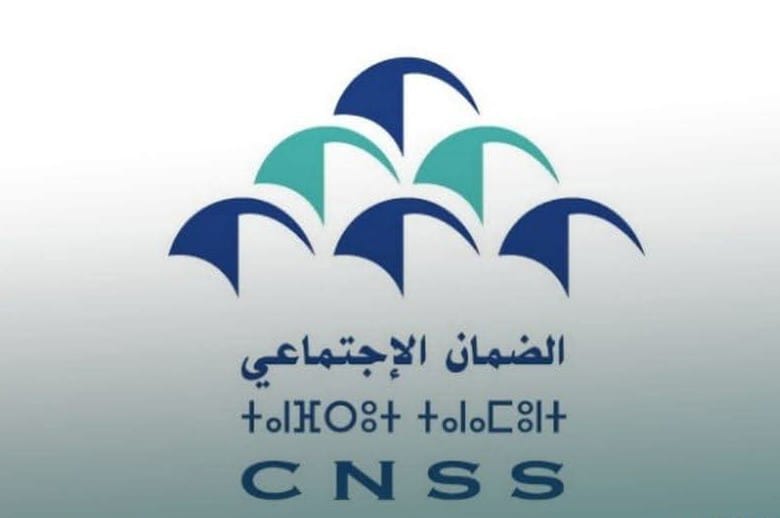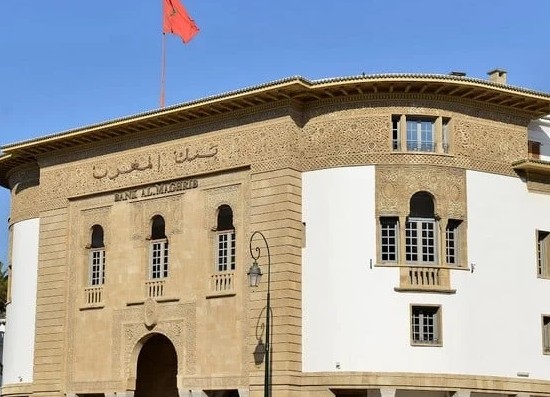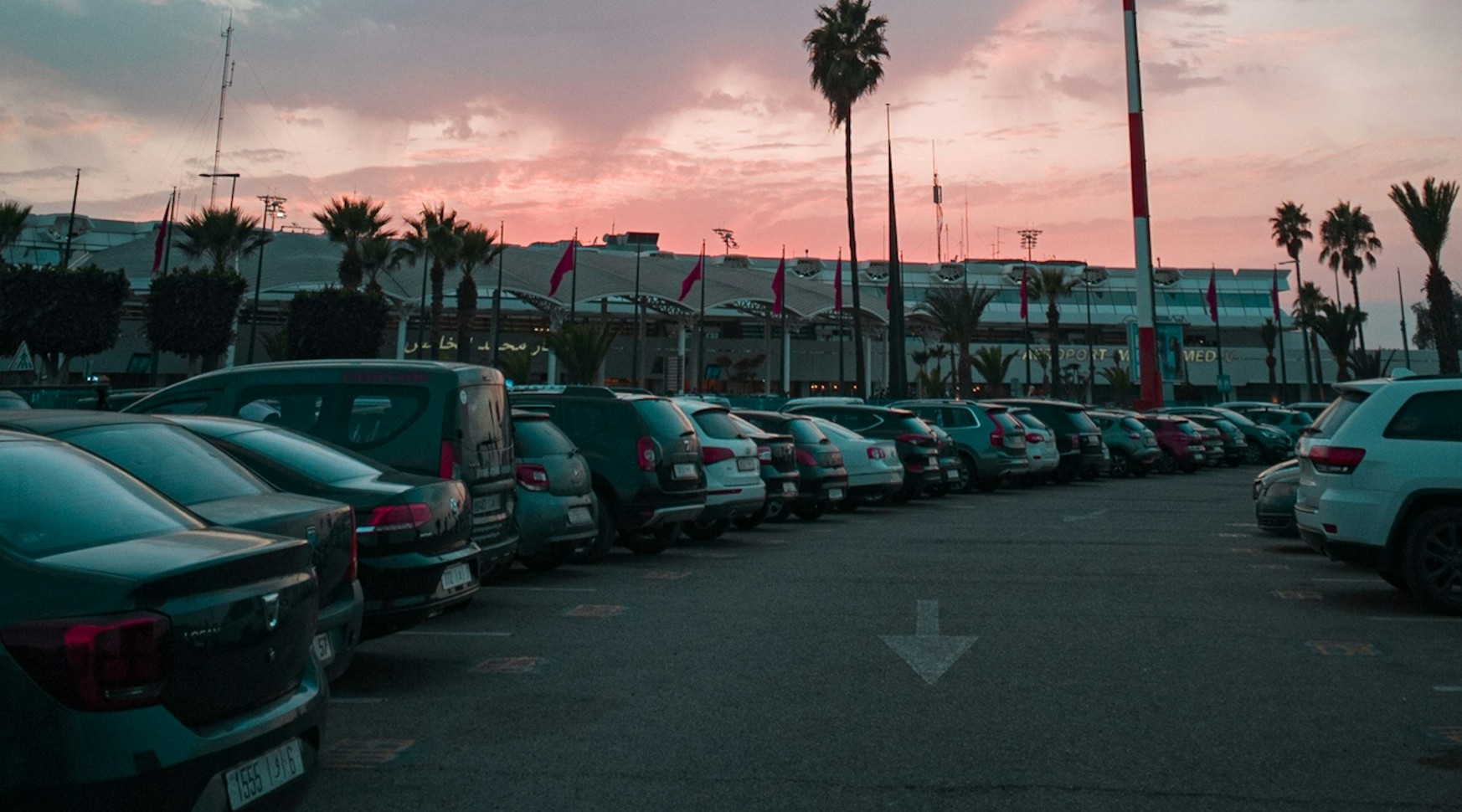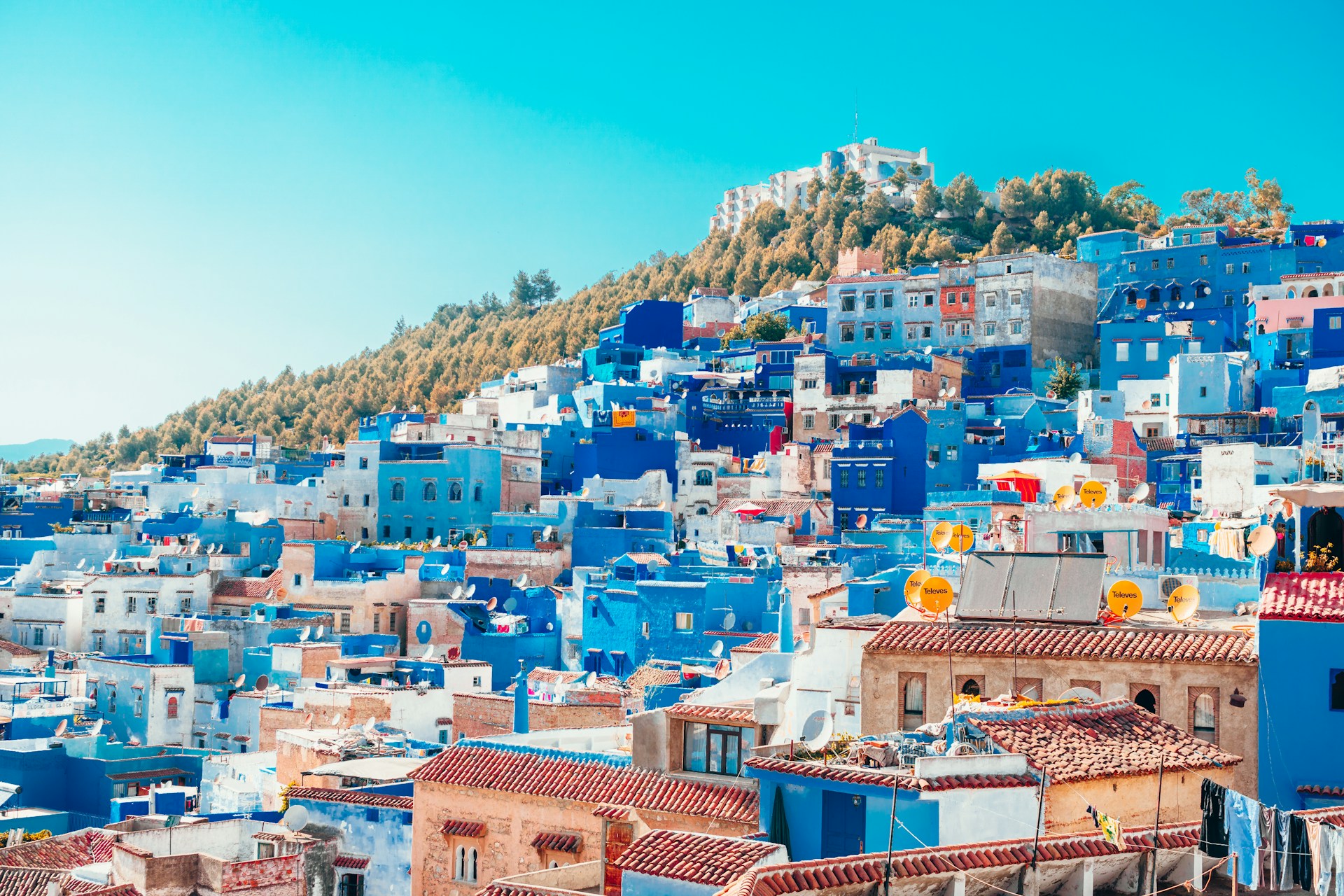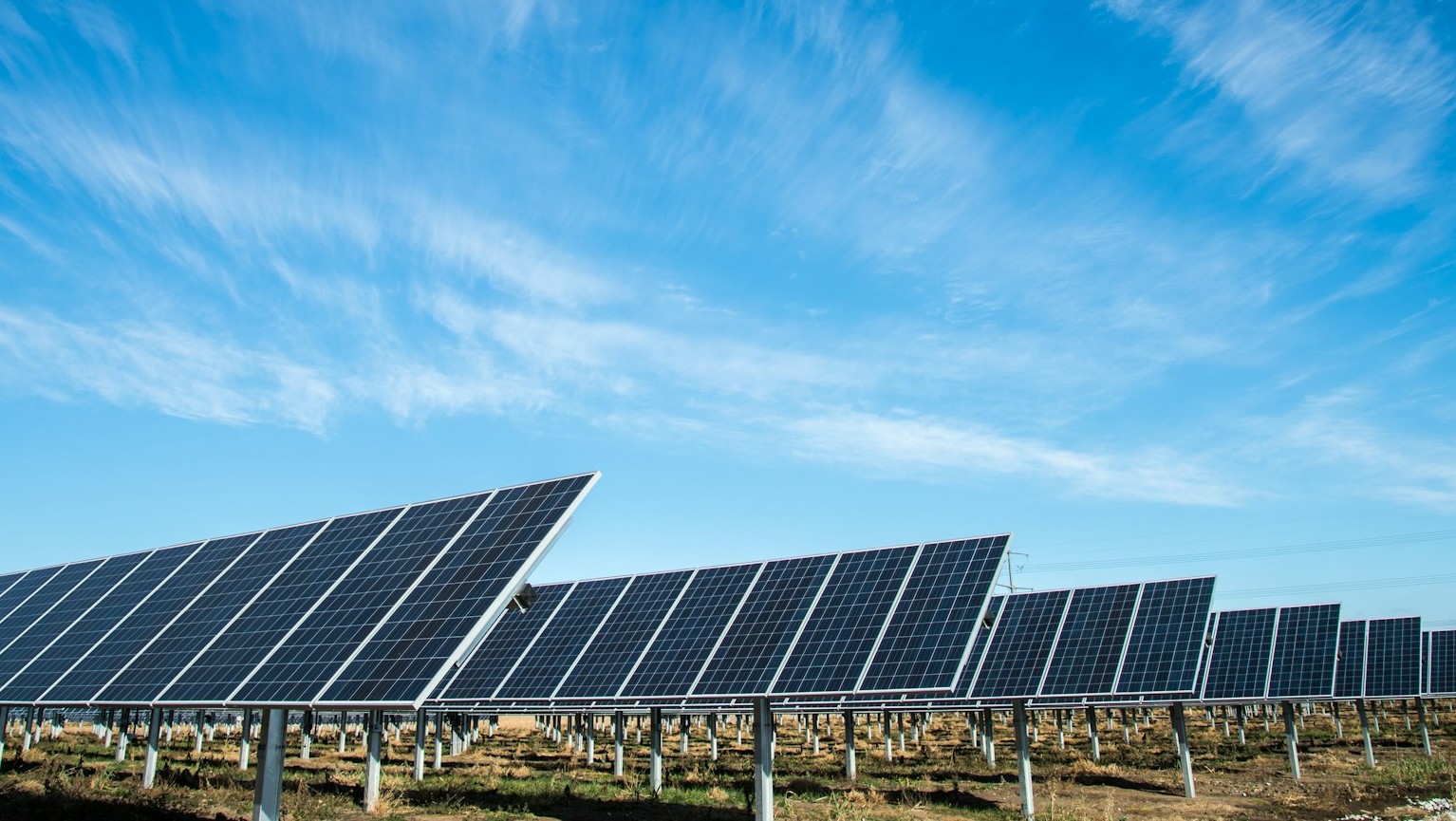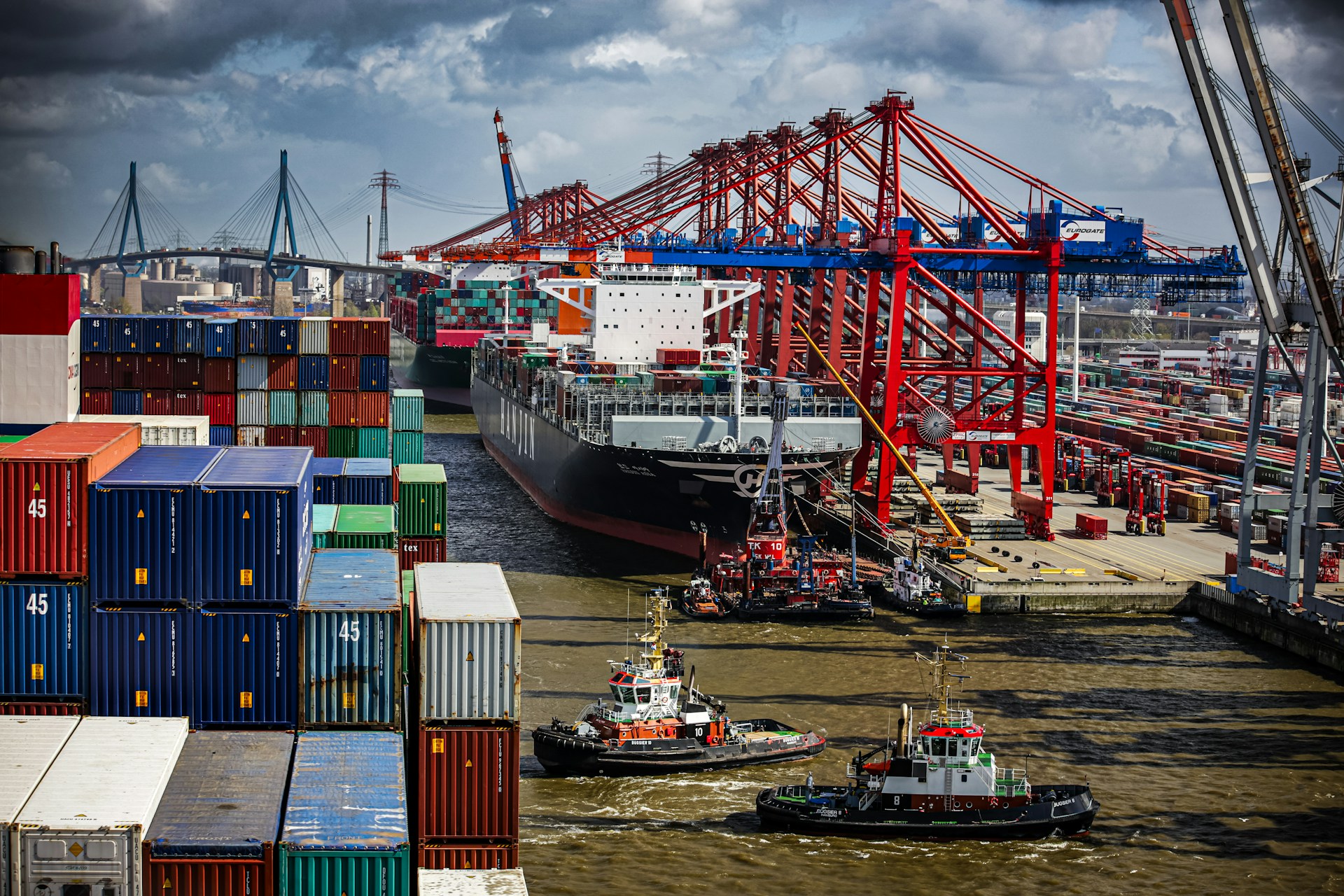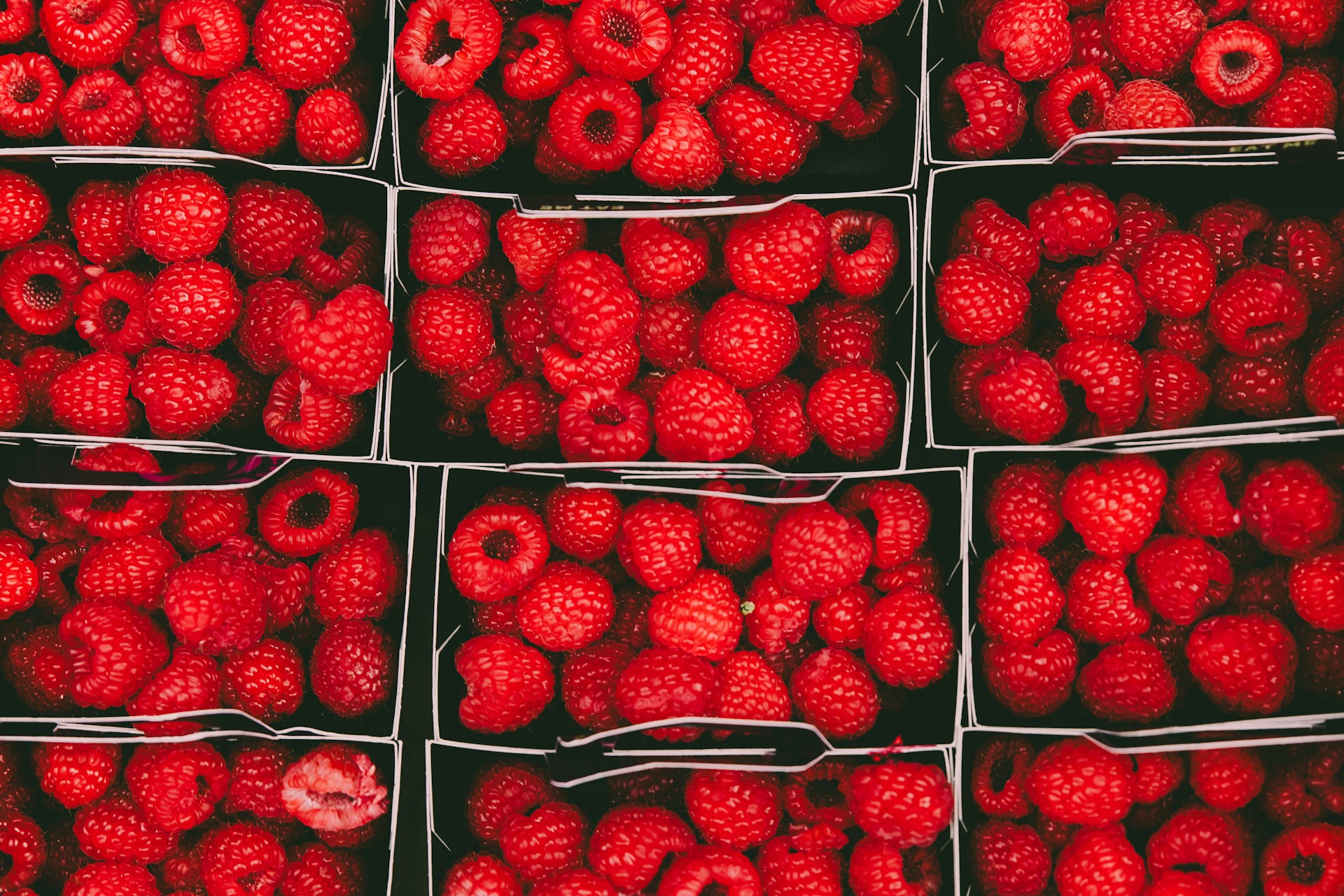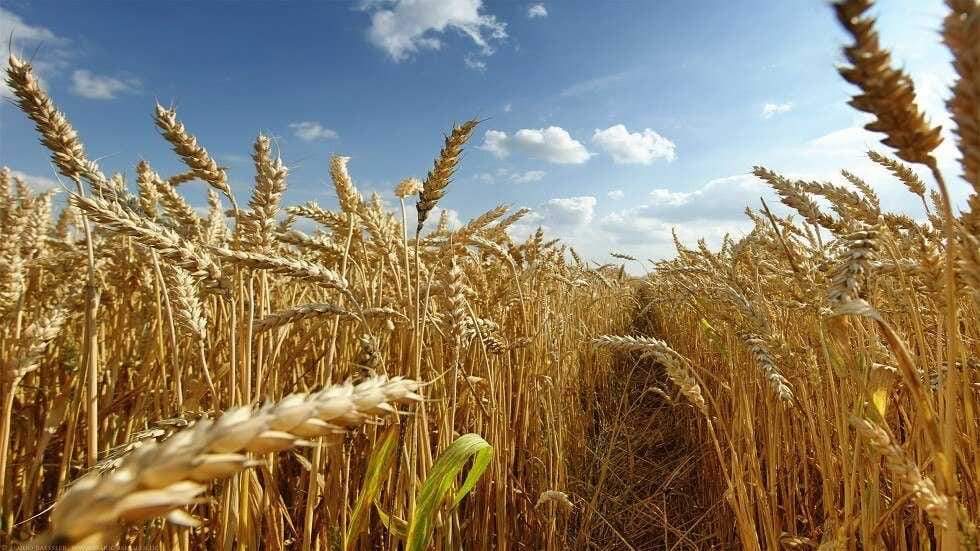Casablanca – Morocco’s legal cannabis industry has entered a new phase of growth and consolidation in 2025, marked by record cultivation areas, the growing dominance of local varieties, and stronger organization among farmers. The sector, still relatively young since the legal framework came into effect in 2021, is now emerging as a structured component of Morocco’s rural economy — balancing economic potential, environmental management, and social inclusion.
Record expansion and rising production
According to data from the National Agency for the Regulation of Activities Related to Cannabis (ANRAC), the total area licensed for legal cannabis cultivation in 2025 reached 4,725 hectares, up sharply from 2,169 hectares in 2024. Of this total, 4,100 hectares were planted with the traditional Moroccan strain Beldiya, while 625 hectares were dedicated to imported seed varieties.
This marks a major turning point for the sector, as Beldiya — a local variety long cultivated informally in northern Morocco — has proven highly successful under regulated conditions. It is primarily used for pharmaceutical and cosmetic production due to its higher THC concentration and its ability to adapt to local climate and soil conditions.
Officials report that around 80% of the Beldiya crop has already been harvested, confirming both the good performance of this season and the growing confidence of licensed farmers in the national program. In contrast, the cultivation of imported seeds has lagged behind, with only 45% of authorized areas exploited. The delay is attributed mainly to high temperatures and limited water availability during the summer planting season, as well as delays in seed distribution.
A shift toward local varieties and sustainable practices
The success of Beldiya reflects Morocco’s strategy of prioritizing local varieties that offer strong industrial and medicinal value while aligning with the country’s environmental and social goals. ANRAC authorized the use of nearly 400 tons of Beldiya seeds in 2025, compared to 171 tons the previous year, while also certifying 6.2 million imported seeds for limited cultivation.
This approach not only strengthens Morocco’s agricultural sovereignty but also helps reduce dependency on foreign suppliers. The results are clear: Beldiya cultivation has tripled in a single year, rising from 1,400 hectares in 2024 to over 4,000 hectares in 2025.
Organization and regional distribution
Legal cannabis cultivation now covers three main regulated regions — Taounate, Chefchaouen, and Al Hoceima — with a total of 4,490 farmers involved, grouped into approximately 250 cooperatives. Taounate leads with about 1,900 farmers, followed by Chefchaouen with 1,300, and Al Hoceima with 1,200.
The region of Chefchaouen, in particular, has become a model of transition, expanding its legal cannabis area to 1,347 hectares in 2025, more than double the previous year’s figure. Local cooperatives such as Bio Cannat in Bab Berred have begun transforming raw cannabis into cosmetic and dietary products, supplying both domestic markets and export channels to countries including France, Switzerland, and Australia.
Economic regulation and oversight
The Moroccan government continues to stress that legalization does not equate to deregulation. In 2025, ANRAC conducted over 5,400 inspections to oversee cultivation, processing, transportation, and export activities. These controls led to the revocation of 111 licenses for non-compliance, underscoring the authorities’ commitment to maintaining high standards across the value chain.
Overall, 4,003 licenses have been granted in 2025 for cultivation, processing, marketing, and export — a 20% increase compared to 2024. While most licenses went to farmers, nearly a hundred were issued to industrial and commercial operators active in downstream segments of the cannabis industry.
Social impact and inclusion
Beyond its economic importance, Morocco’s cannabis legalization is producing notable social benefits, particularly in the Rif region, where an estimated 60,000 families depend on cannabis cultivation for their livelihoods. By bringing farmers into a regulated and cooperative-based system, the state aims to improve income stability, reduce intermediaries, and ensure compliance with quality and environmental standards.
Signs of progress are already visible. The Ministry of the Interior reports that illegal cultivation areas have dropped by 79% over the past two decades — from 134,000 hectares in 2003 to just over 27,000 hectares in 2023. In 2024, a royal pardon granted to 4,831 farmers previously prosecuted for illegal cultivation symbolized a broader effort to reconcile with rural communities and encourage participation in the legal economy.
Toward a structured and responsible cannabis economy
Morocco’s 2025 season stands as a milestone in the ongoing reform of the cannabis sector. The country has managed to establish a regulated framework that promotes economic growth, farmer empowerment, and product quality, while remaining attentive to environmental challenges such as water scarcity and climate adaptation.
At the same time, the rapid diversification of cannabis-based products — including 21 dietary supplements and 16 cosmetic products approved by the Moroccan Agency for Medicines and Health Products — signals the emergence of a high-value industry with growing export potential.
As Morocco continues to refine its policies and strengthen local production, the legal cannabis industry is increasingly seen not only as a new agricultural market, but also as a tool for rural development, sustainability, and social integration. The results achieved in 2025 suggest that this once informal sector is gradually transforming into one of the most promising and responsibly managed industries in Morocco’s green economy.
